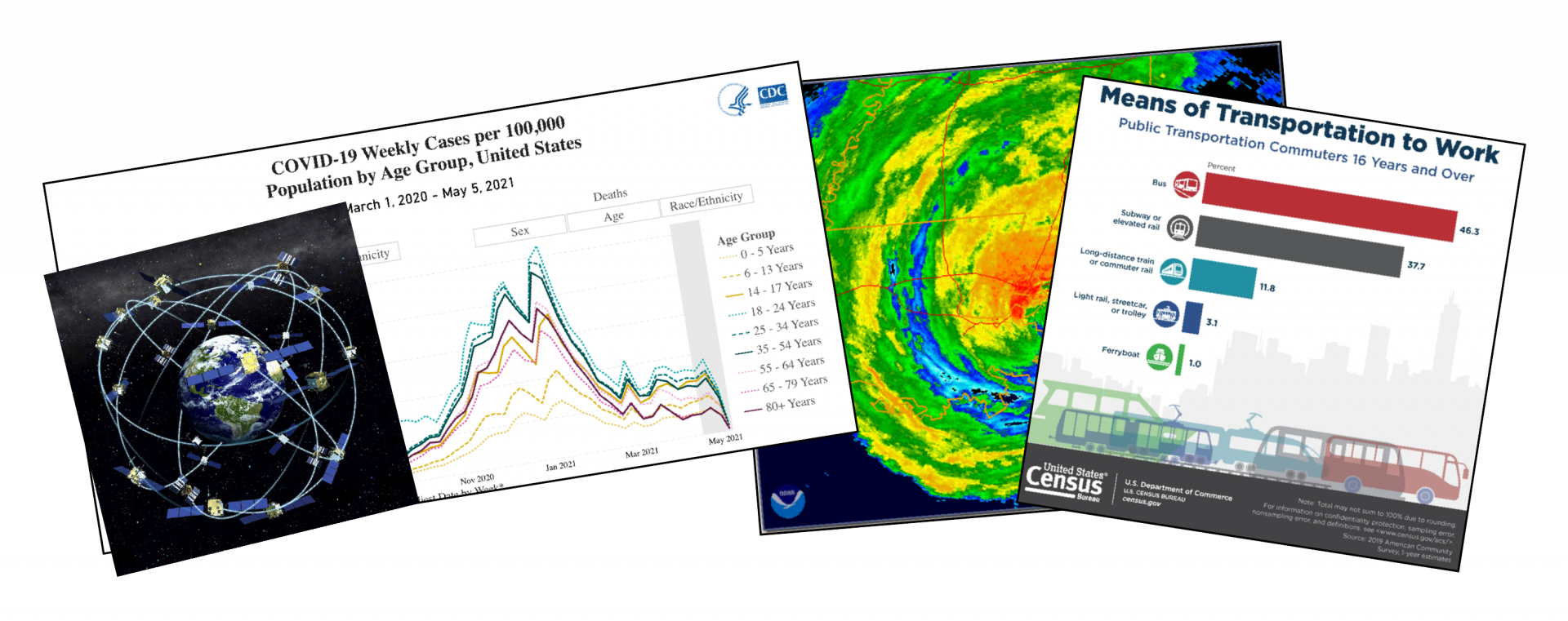Virginia Department of Rail and Public Transportation Unveils New Multimodal Trip Planning Tool
- Author: Virginia Department of Rail and Public Transportation
- Date: May 23, 2024
RICHMOND — The Virginia Department of Rail and Public Transportation (DRPT) today announced that its new Virginia Trip Planner is…


